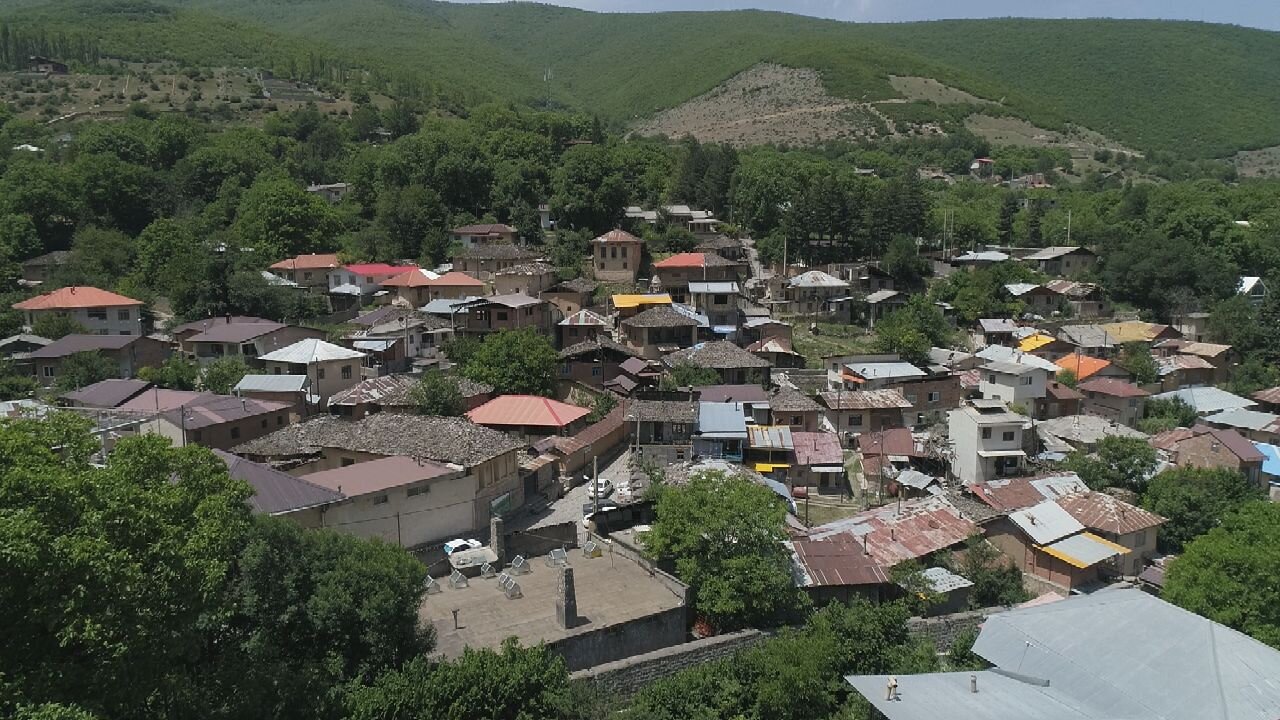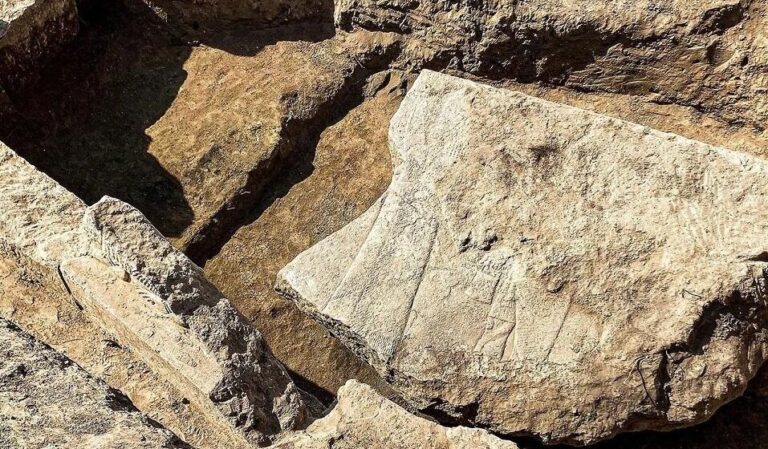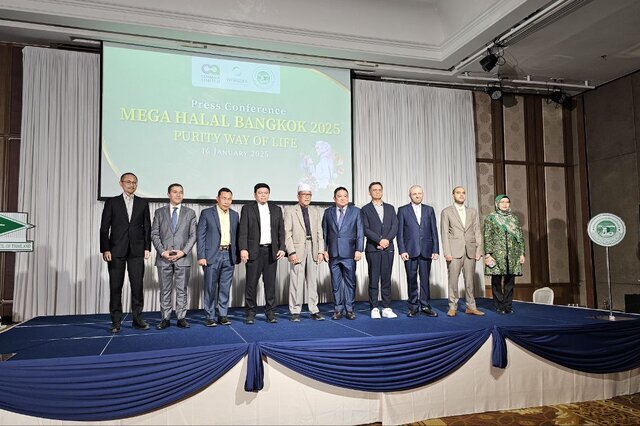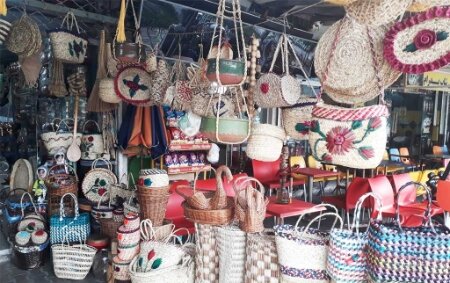Discover Kandelous: A Vibrant Living Museum Celebrating History, Nature, and Cultural Heritage
Discover the hidden gem of Kandelous village, a captivating destination nestled in the stunning Mazandaran province of northern Iran. This enchanting locale, often referred to as “The Lost Paradise,” offers a remarkable blend of historical richness, cultural depth, and breathtaking ecological beauty.
A Village Steeped in History
Kandelous is among Iran’s oldest settlements, with evidence of civilization tracing back to before the Islamic era. Its notable history was further enhanced during the Qajar dynasty, when Nasser al-Din Shah Qajar reportedly admired the exquisite craftsmanship of local metalworkers during his travels.
The village showcases architectural charm characterized by:
- Wooden-framed windows
- Gabled rooftops
- Winding stone alleyways
This unique architecture reflects Kandelous’s deep-rooted heritage. Unlike many modernized areas, the village has successfully preserved its historical essence, allowing visitors to immerse themselves in the elegance of rural Iran.
Nurtured by Nature: Medicinal Plant Farms
Apart from its historical allure, Kandelous is well-known for its Medicinal Plant Farms, cultivating over 250 species of rare and valuable herbs. This village has become a beacon for traditional herbal medicine, safeguarding the expertise of Iranian healers while promoting sustainable farming practices.
Culinary Delights and Artistic Expressions
Visitors to Kandelous can indulge in traditional Iranian cuisine at local restaurants that offer a taste of authentic flavors. Additionally, the village features vibrant handicraft markets where tourists can purchase:
- Jajim textiles
- Felt clothing
- Socks and gloves
- Floral wool blouses
Each item is carefully crafted by talented local artisans, making for unique souvenirs and a glimpse into the region’s rich artistic heritage.
The Visionary Behind Kandelous Museum
One of Kandelous’s most defining features is its Anthropology Museum, established through the dedication of Dr. Aliasghar Jahangiri. A native of Kandelous, Jahangiri committed his life to preserving the village’s history and showcasing its cultural treasures. After completing his doctoral studies in the United States, he returned home with a vision to create a museum that would protect Iran’s rural heritage and educate future generations.
Between 1981 and 1988, under his leadership, the Kandelous Anthropology Museum was founded, becoming the world’s first rural museum. Housing over 8,000 artifacts, including:
- Pottery
- Manuscripts
- Agricultural tools
- Ancient artwork
The museum serves as a vital link between Iran’s past and present. Jahangiri’s commitment to historical preservation extended to documenting and promoting Iran’s medicinal plant heritage, culminating in the establishment of a dedicated museum for these invaluable resources.
A Haven for Tourists
Kandelous offers a range of comfortable accommodations, including suites, villas, and guest houses, allowing visitors to fully immerse themselves in the serene environment. The village also features open parks and pavilions, providing tranquil spaces for relaxation and seasonal festivities.
Global Recognition and Future Aspirations
With its unique charm, Kandelous has gained international recognition, appearing in foreign media outlets and attracting a growing number of tourists. In 2023, the village was nominated among eight Iranian villages for the prestigious Global Village title by the UN Tourism, formerly known as the World Tourism Organization (UNWTO). Furthermore, initiatives are being pursued to secure a UNESCO designation for the village in the near future.
As Kandelous continues to evolve as a tourist destination, it remains a beacon of Iran’s cultural heritage, inviting visitors to explore its beauty, history, and traditions.






